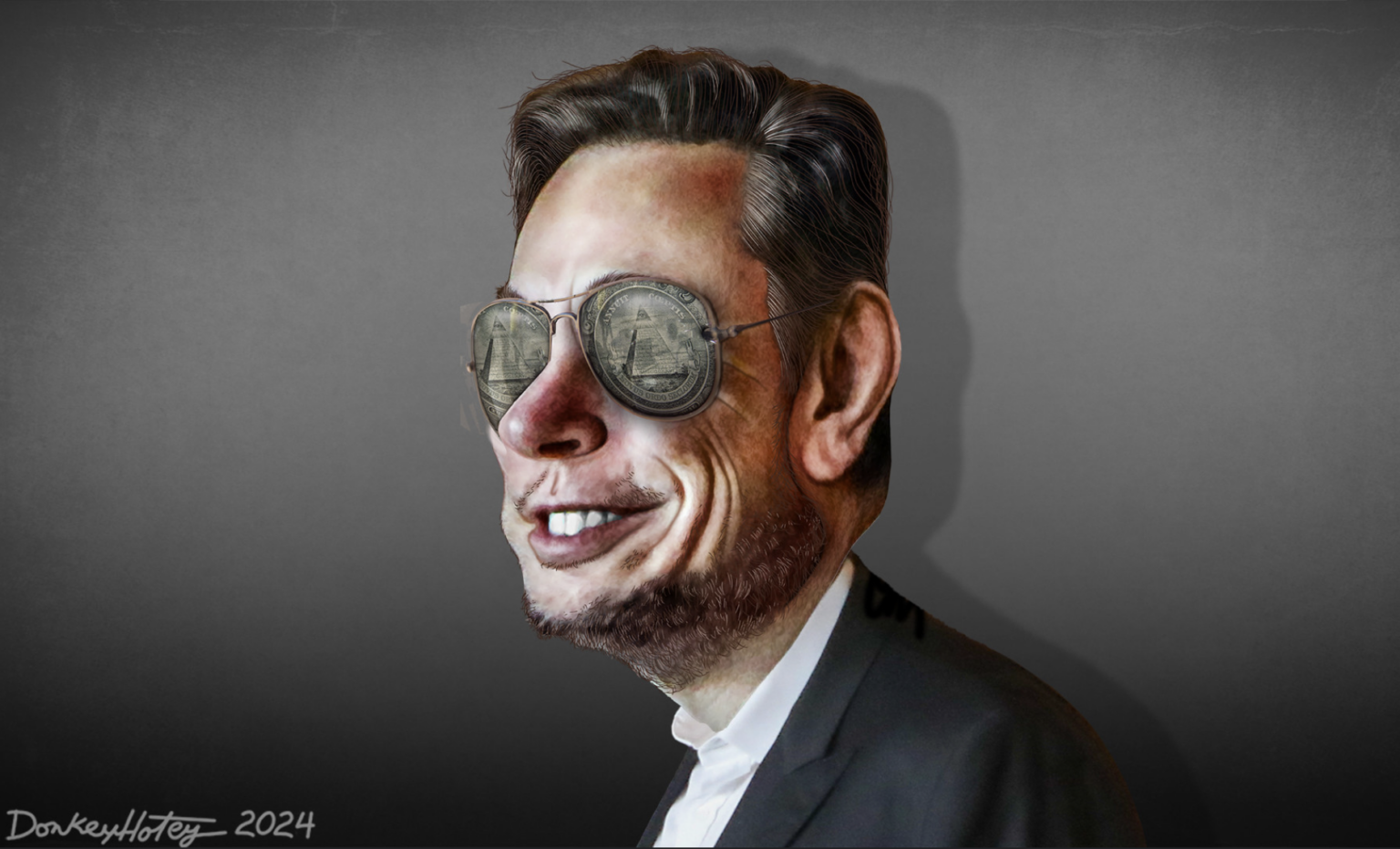
This article was originally published on February 24, 2025, on CounterPunch.
Jeffrey Sommers explores how Elon Musk could become the world’s first trillionaire through the “Mother of All Privatizations” (MOAP). He traces Musk’s rise from under $1 billion in 2011 to over half a trillion during Trump’s presidency, fueled by post-2008 policies and COVID-19 stimulus. Reaching a trillion would require massive public-to-private wealth transfers—privatizing Social Security and Medicare, tax cuts for the rich, increased government funding for Musk’s firms, and public sector cuts. Sommers sees this as the final dismantling of the New Deal.
A $trillion is a steep climb. How does a kid driven to school in a Rolls Royce and inheriting merely $millions become a $trillionaire? In 2011 Musk’s net worth was south of $1 billion. It bumped along at that level until Covid five years back and then rocketed up into the dozens of billion en route to hundreds of billions. And with the Trump 2024 campaign and now presidency seeing its 2nd stage launch past the half $trillion mark.
The post 2008 financial shock, by necessity, required governments create massive piles of cash to sustain the economy, especially if they were not going to bail out holders of home mortgages. Turning cash over to finance kept the economy humming, but without much boost to middle-class incomes, it mostly launched asset prices ever higher, thus Musk, et al., seeing their fortunes rise. Covid provided the next big fuel (money) injection powering asset prices ever higher and once again Musk was a principal beneficiary.
Now that this two-stage burn has finished, a massive infusion of energy (money) is required for the 3rd stage burn propelling Musk truly to the stars as the world’s first $trillionaire. Like space the vastness of this amount of cash is hard to grasp. But imagine having a $million to spend annually. At this rate it would take fully a million years to get rid of it.
Having established the size of such a fortune, the question rises, how can one person get it? This $trillion sum is so vast that one can’t merely add this much value to the economy to get it. But there are “ores” of cash representing fortunes that can be moved from the public’s balance sheet to Musk and other owners of paper wealth. In short, the Mother of All Privatizations (MOAP).
1) Asset prices (Much of Musk’s wealth is comprised of asset): Assets, from equities, to crypto, to property and more, have risen well over inflation and economic growth the past 4 decades. In short, this is what the French economist Thomas Piketty simply characterized as the problem of r>g (rate of returns on investments being above the underlying rate of economic growth). This alchemy in recent decades has been achieved by “mining” labor (domestic and foreign) by paying them (both in wages and social supports) less than the underlying rate of economic growth. Ergo, the growth disproportionately is upward distributed largely through asset price increases.
As with any mining operation, new “ores” need to be found as ones are spent, and in the US Social Security and Medicare are the motherlode.
2) Tax cuts: Tax cuts increase asset prices. Cutting Social Security (whose present and future deficits from previous raids on past SS surpluses to pay for tax cuts to make government deficits from the general budget smaller than they otherwise would be) reduces general government liabilities (obligations), therefore enabling bigger tax cuts on income, capital gains, etc. Cutting Medicare benefits has the same impact on the general budget, thus leading to lower taxes for the wealthy AND freed capital otherwise going to social expenditures now available for investment or increasing asset prices. Cutting Social Security and/or privatizing it in part or whole, creates further cash that will push up asset prices. But this is a one off. Once done there are no further big “ores” to mine.
The above freed capital will go chiefly to asset prices vs investment, as constrained consumption by broad majorities of the population leads enterprises to place money into assets as limited growth of consumer markets discourages investments in new production.
3) Government spending on Musk products. Trump already declared his intention to increase spending on the US government “Space Force” (militarization of space) in addition to other space expeditions and bases (e.g., orbital stations, stations on Moon and Mars). Obviously, Musk is positioned to take windfall gains from supplying these efforts. Yet, the above must be squared with the Trump Administration’s overall goal to reduce government spending. These spending cuts will come from many sources, but by far the largest pools of cash are in Social Security and Medicare.
You might ask, “instead of these big cuts, why doesn’t the government just borrow more as the US has done since the 1980s? Trump’s view (and likely right) is that the US has reached its limit to borrow (have foreigners buy Treasury Bills, etc.). Therefore, to keep interest rates down (both for business and government) the US must reduce borrowing. They don’t so much predict the end of the US reserve currency system so much as it having reached its limits, with likely some contraction. But maintaining it requires lower government deficits and Social Security and Medicare are the biggest items on the government’s balance sheet.
4) Lastly, while less impacting Musk personally, throwing hundreds of thousands if not millions of public sector workers out work will lead to massive downward pressure on private sector wages. This will drive down payrolls for US businesses while also delivering lower taxes, seeing them win twice at the expense of labor.
In short, Musk is about to go “where no man has gone before” to become the world’s first trillionaire. Getting their requires a MOAP in part or in whole of your Social Security and Medicare, thus ending the last and largest legacy of the New Deal. Will you let him?
Jeffrey Sommers is Professor of Political Economy & Public Policy in the Department of African &African Diaspora Studies and a Senior Fellow, Institute of World Affairs, University of Wisconsin-Milwaukee. His book on the Baltics (with Charles Woolfson), is The Contradictions of Austerity: The Socio-economic Costs of the Neoliberal Baltic Model.
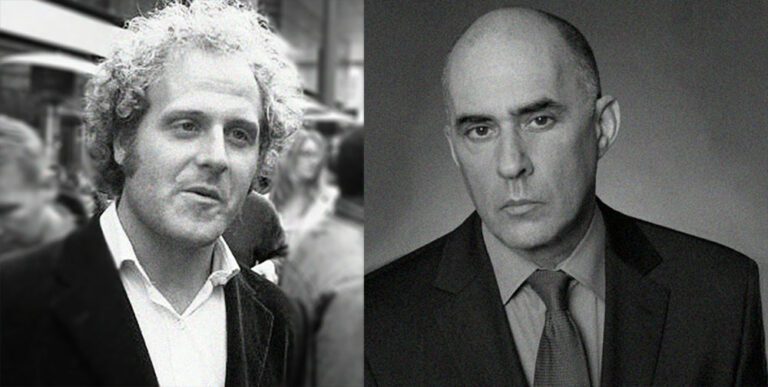

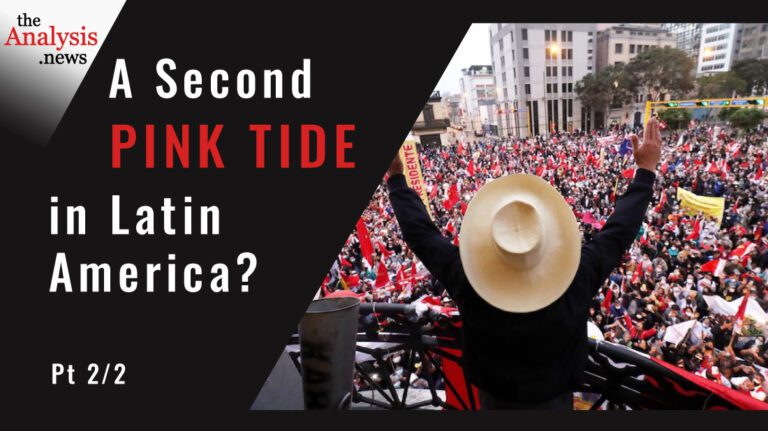
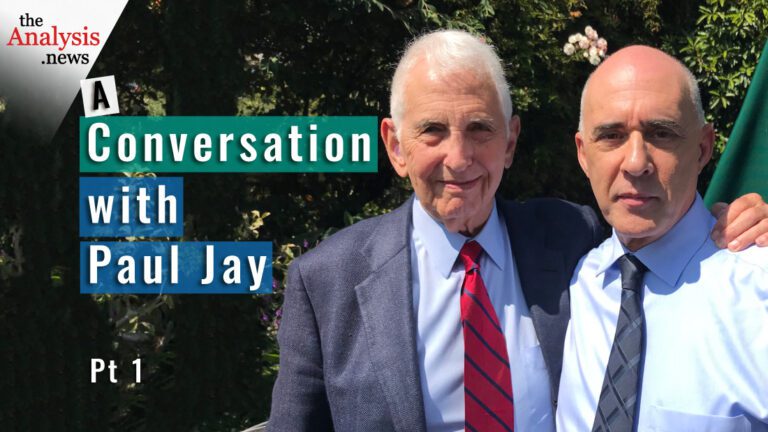
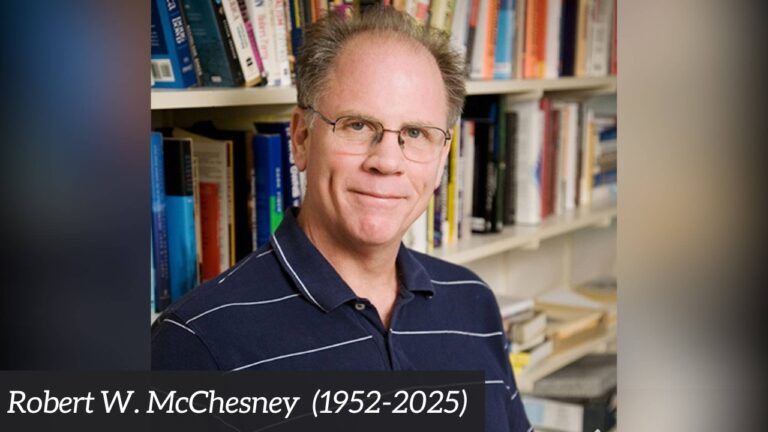

Trump’s view (and likely right) is that the US has reached its limit to borrow (have foreigners buy Treasury Bills, etc.). Therefore, to keep interest rates down (both for business and government) the US must reduce borrowing. They don’t so much predict the end of the US reserve currency system so much as it having reached its limits, with likely some contraction. But maintaining it requires lower government deficits and Social Security and Medicare are the biggest items on the government’s balance sheet.
Utter nonsense. Governments that issue their own currency like the US have complete control over their interest rates. This isn’t some airy fairy theory, but (a) something completely obvious logically and (b) something which has been done all over the world, for unlimited times. (The basic interest rate in the ancient world, in Mesopotamia did not change for >1000 years! The US set interest rates completely from around 1933-1951, and strongly controlled them until around 1980. We had bigger debt / GDP than we do now for much of that period ( e.g. during WWII).
It’s just plain nonsense. Unfortunately the only ones who pretend to believe it are the slightly-left dem party economists — and most Marxist economists, because they have to religiously follow Marx, who lived in gold standard days, which made for defects in his monetary theory. Rightwingers, Republicans, Trump – they know this is pure B.S.